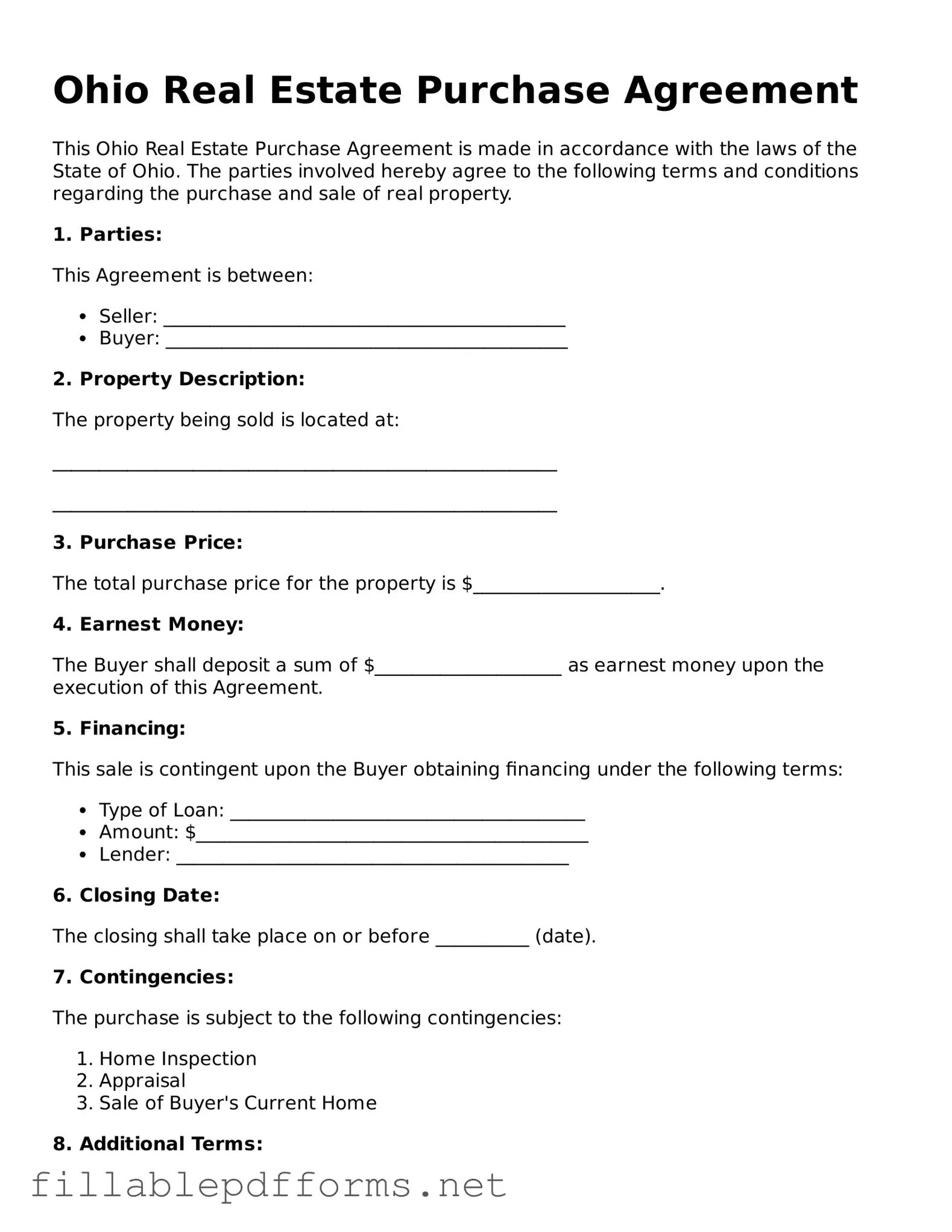Attorney-Verified Real Estate Purchase Agreement Form for Ohio State
The Ohio Real Estate Purchase Agreement is a legal document that outlines the terms and conditions for the sale of real property in Ohio. This agreement serves as a crucial tool for buyers and sellers, ensuring that both parties are clear on their obligations and rights throughout the transaction. Understanding this form is essential for a smooth and successful real estate deal.
Launch Editor Here
